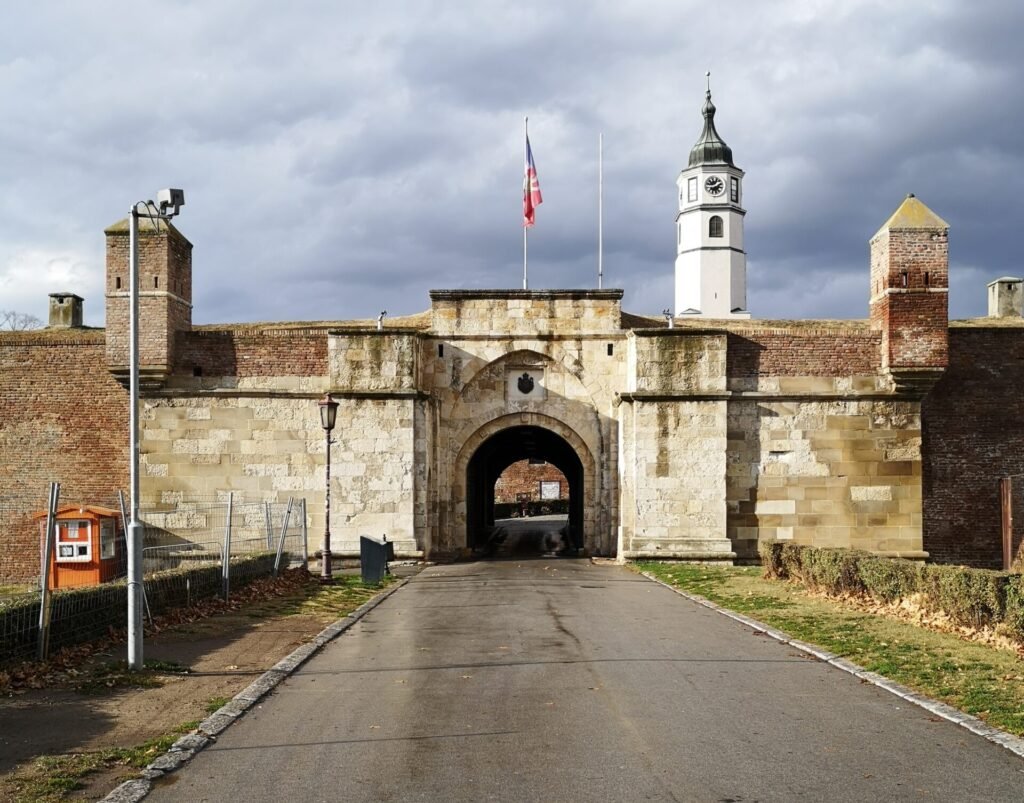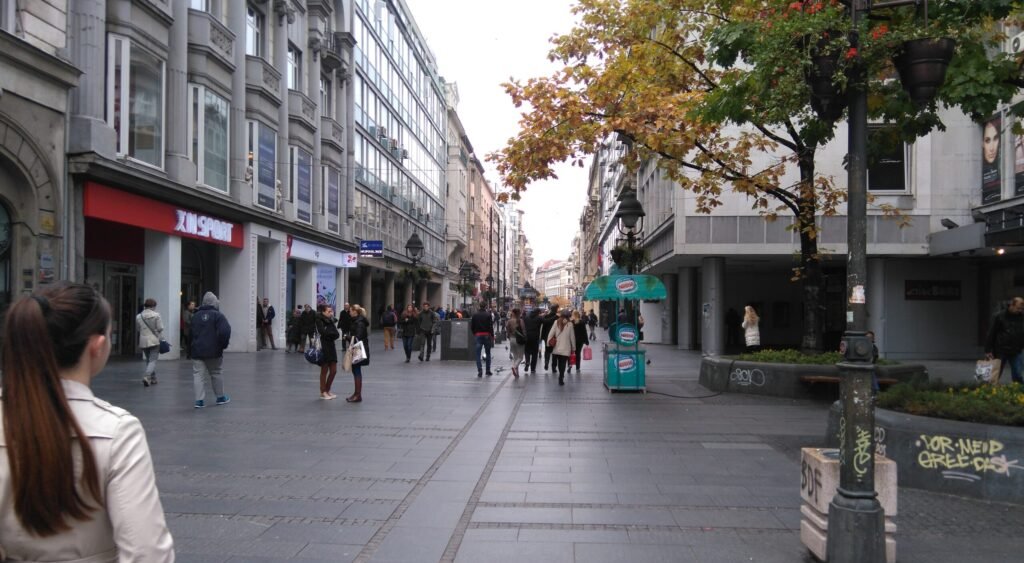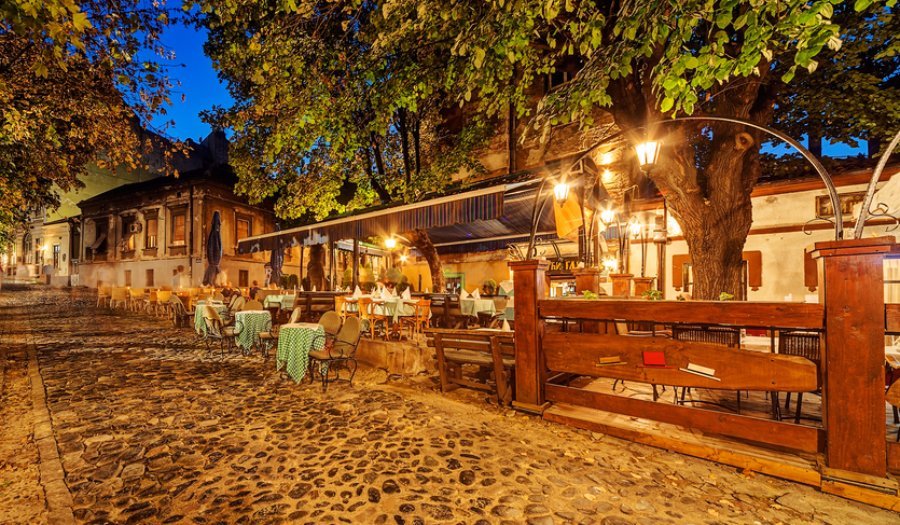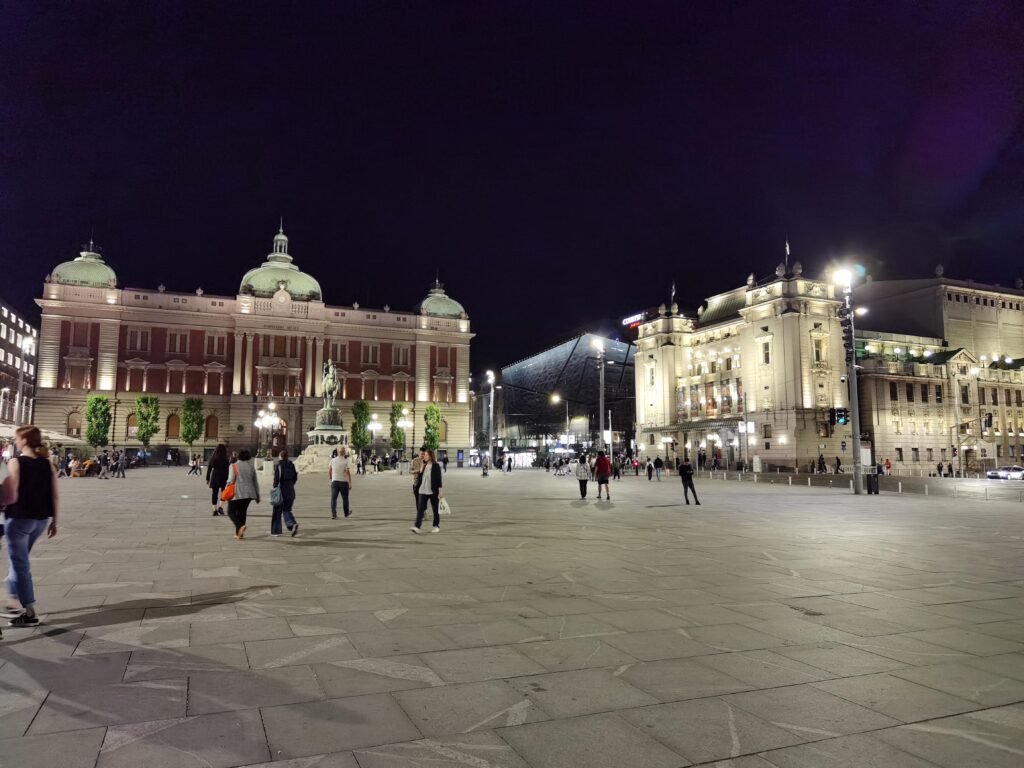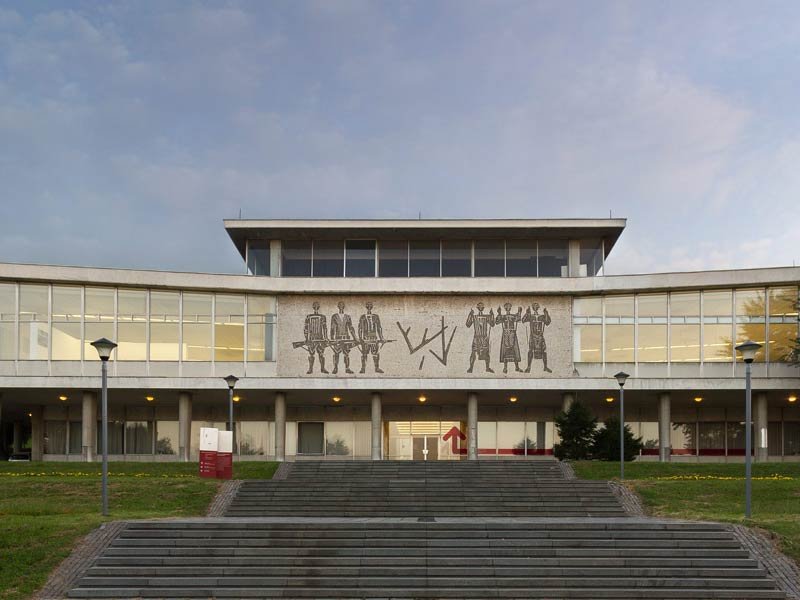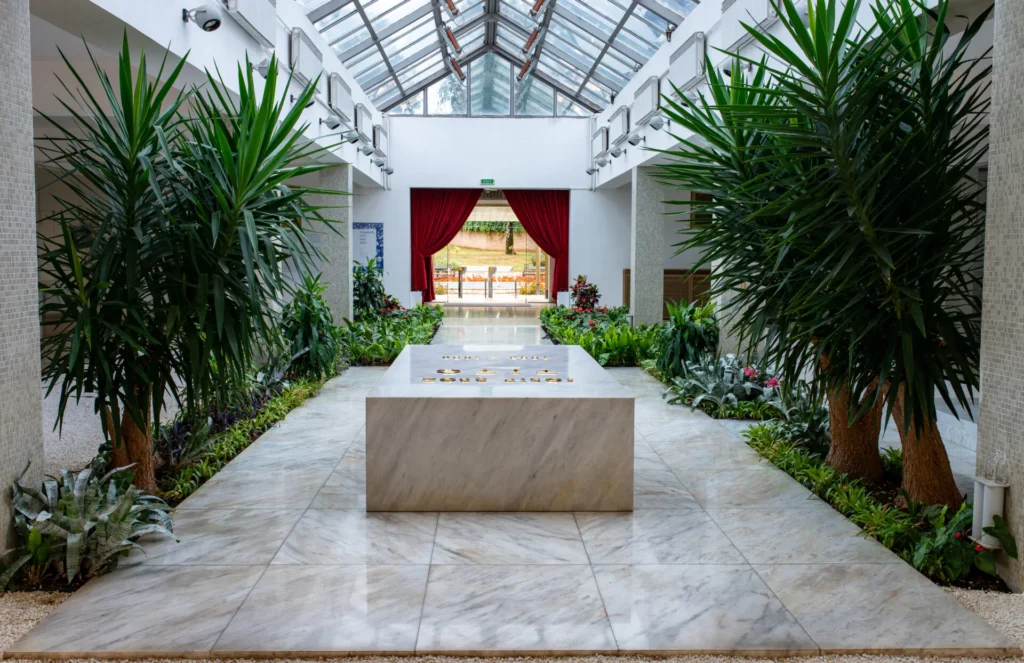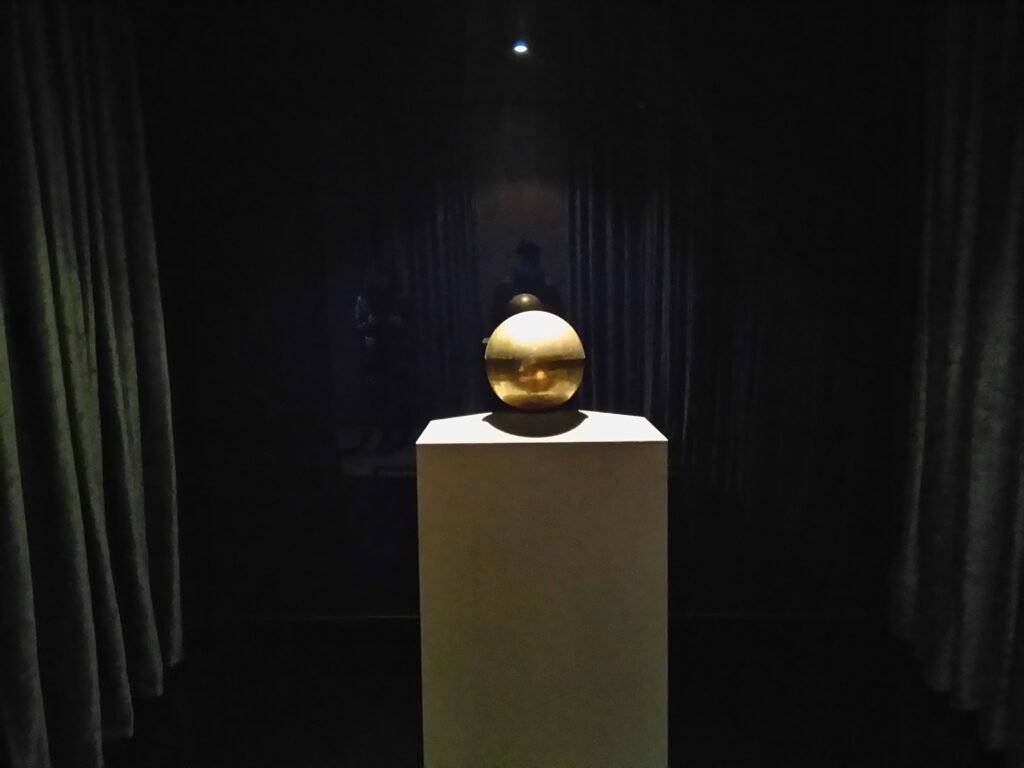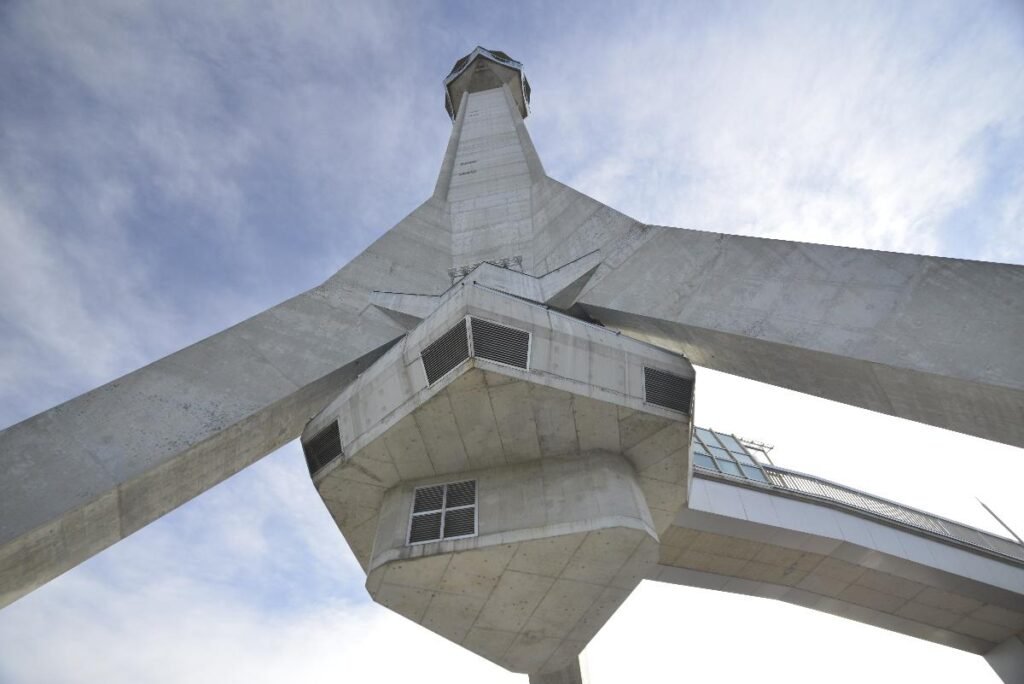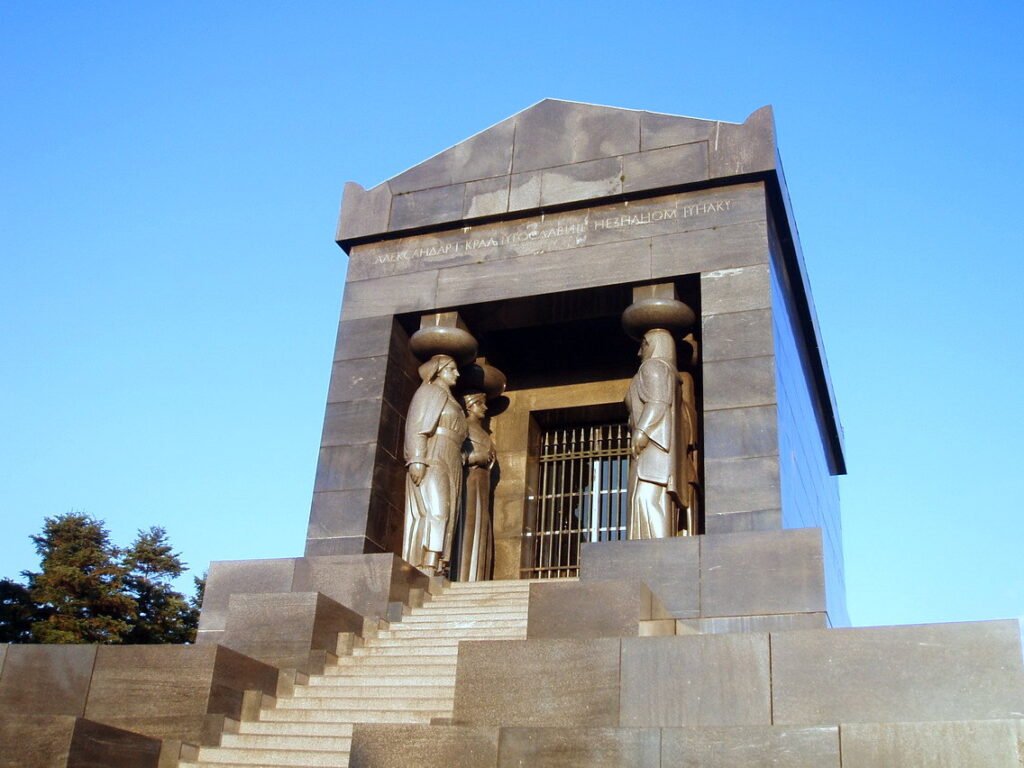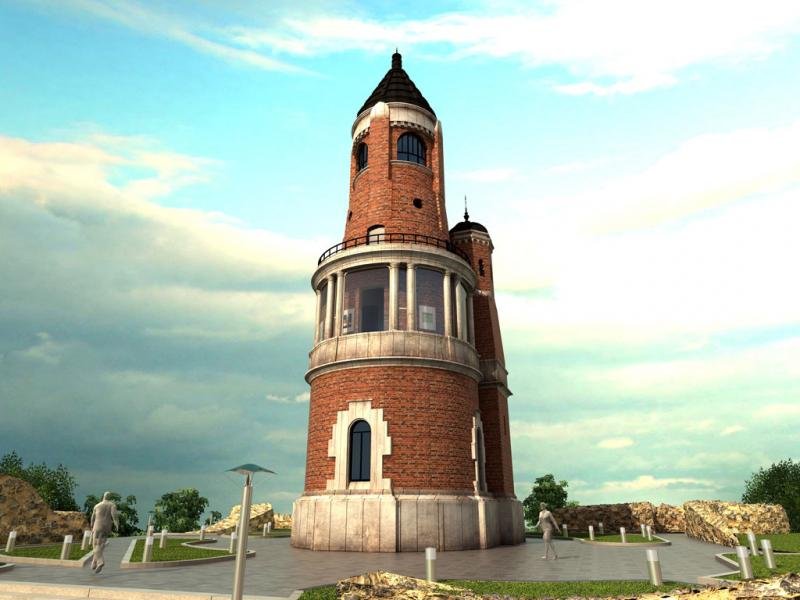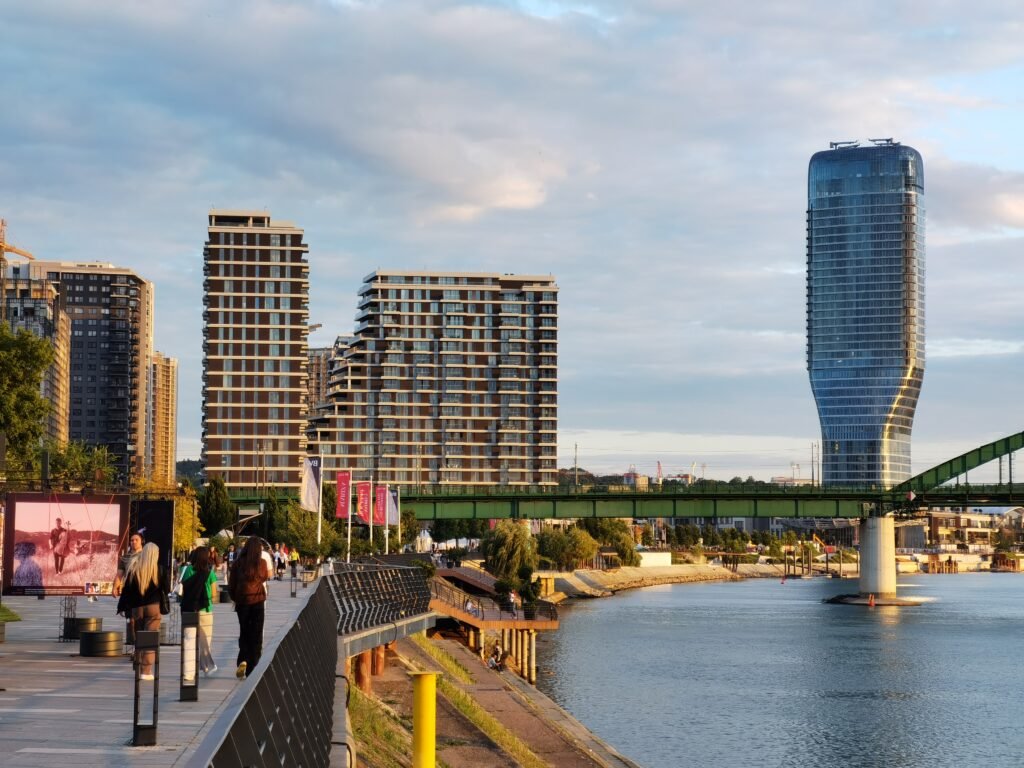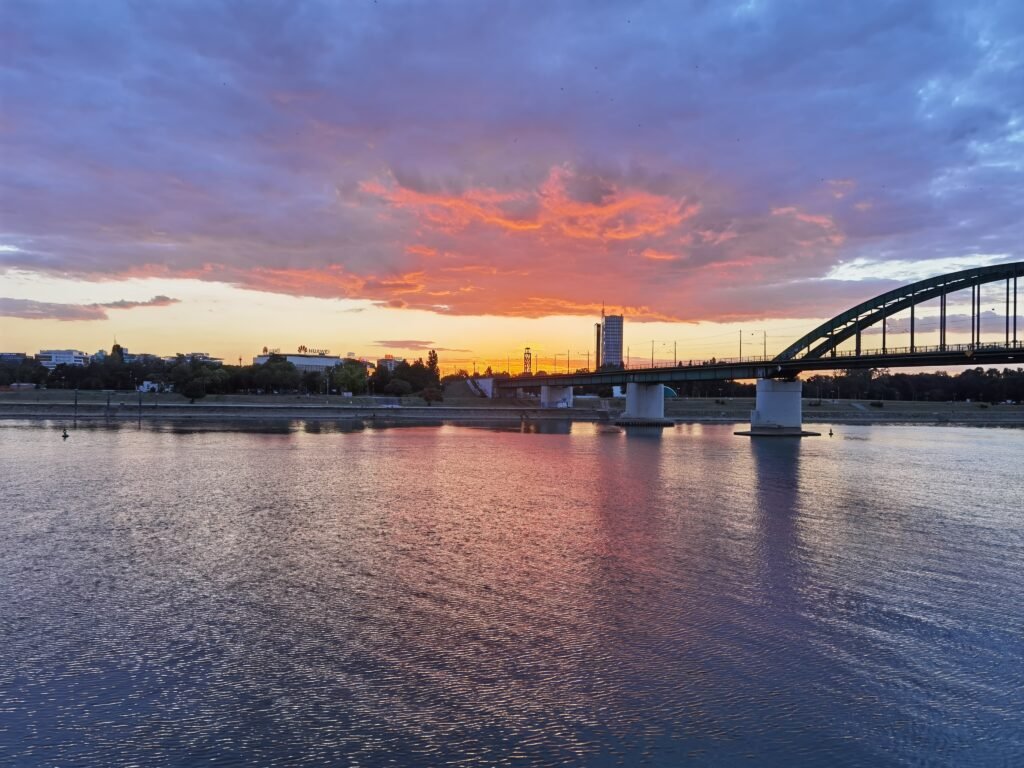What to see
A few things for the city of Beograd to know where you are going
Beograd
Beograd translates to “White City” in Serbian. It is derived from the words “beo” (white) and “grad” (city). This name likely refers to the white walls of the fortress that once stood in the area where the city is now located. With population of about 1.7 million the capital of Serbia is a lively city combining the old architecture with the amazing buildings and the old neighborhouds with the new and i must admit well made city in the city of Waterfront the biggest construction site in the country. With thousands of places to eat, drink and have fun, with hundreds and hundreds of kilometers to walk (you can literally walk from one side of the city to the other with no interruption). Museums, the house of Nikola Tesla one of the biggest inventors in history, Saint Sava church one of the biggest churches in the world, parks and many places to explore later in this section. Follow us.
Kalemegdan Fortress one of oldest fortresses the most iconic landmark in Beograd, stands majestically at the confluence of the Sava and Danube rivers. This historic stronghold, dating back to the Roman era, has witnessed numerous battles and empires, from the Byzantines to the Ottomans. Today, Kalemegdan is a sprawling park and cultural hub, offering panoramic views of the rivers, lush green spaces, and a variety of attractions including museums, art galleries, and monuments. Visitors can explore its ancient walls, stroll through its picturesque gardens, and experience the fusion of history and leisure that defines this remarkable fortress. The general part of the fortress is open but you will need to pay for entrance in certain parts of it to see the museum or other galleries.
Knez Mihailova Street located in the heart of Beograd, is one of the city’s most iconic and bustling pedestrian zones. Lined with beautiful 19th-century buildings, this lively street is a hub for shopping, dining, and cultural activities. Visitors can enjoy a mix of international and local boutiques, cozy cafes, and vibrant street performances. As a central thoroughfare, Knez Mihailova connects the main Republic Square with the historic Kalemegdan Fortress, making it a perfect spot for both leisurely strolls and exploring the rich heritage of Beograd.
Saint Sava Church located in Beograd, is one of the largest Orthodox churches in the world and a prominent symbol of the city. Dedicated to Saint Sava, the founder of the Serbian Orthodox Church, the church’s construction began in 1935 and is still ongoing, reflecting its monumental scale and intricate design. The stunning white marble and granite exterior, coupled with the grand dome that dominates Beograd’s skyline, make it an architectural marvel. Inside, the church features beautiful frescoes, mosaics, and an atmosphere of spiritual reverence, attracting both worshippers and tourists alike. As a center of Serbian Orthodox faith and a landmark of national pride, Saint Sava Church plays a significant role in the cultural and religious landscape of Beograd.
Skadarlija Street often referred to as the bohemian quarter of Beograd, is a charming, cobblestone street that exudes a vibrant and artistic atmosphere. Renowned for its traditional Serbian restaurants, known as kafanas, Skadarlija offers visitors a taste of authentic local cuisine accompanied by live folk music. The street is lined with historic buildings, art galleries, and quaint shops, making it a hub for artists, musicians, and writers. With its lively ambiance, Skadarlija captures the nostalgic spirit of old Beograd and remains a beloved spot for both locals and tourists seeking a unique cultural experience.
National Museum in Beograd, located in the Republic Square, is the oldest and largest museum in Serbia, founded in 1844. It houses a vast collection of over 400,000 exhibits, showcasing the rich cultural and historical heritage of the region. The museum’s diverse collections include prehistoric artifacts, medieval manuscripts, and an impressive array of artworks from renowned Serbian and international artists. Notable pieces include works by Paja Jovanović, Uroš Predić, and Ivan Meštrović, as well as masterpieces by European artists like Titian, Rubens, and Monet. The National Museum is a must-visit for anyone interested in the history and art of Serbia and the broader Balkan region.
Museum of Yugoslavia in Beograd is a significant cultural and historical institution dedicated to the history and heritage of the former Yugoslavia. It comprises several buildings, including the House of Flowers, which is the final resting place of Josip Broz Tito, the long-time leader of Yugoslavia. The museum’s extensive collection includes artifacts, photographs, and documents that chronicle the social, political, and cultural life of the Yugoslav state from its formation after World War I to its dissolution in the 1990s. Visitors can explore exhibits that offer insights into the region’s diverse history and Tito’s influential role in shaping it.
House of Flowers in Belgrade is a notable mausoleum that serves as the final resting place of Josip Broz Tito, the former President of Yugoslavia. Located within the Museum of Yugoslavia complex, the site is named for its lush, flower-filled garden. Opened to the public after Tito’s death in 1980, the House of Flowers has become a significant historical and cultural landmark. It attracts visitors interested in Yugoslav history and those paying respects to the influential leader. The site also houses various exhibits related to Tito’s life and the era of Socialist Yugoslavia, offering a glimpse into the country’s past.
Nikola Tesla Museum in Belgrade is a tribute to one of the world’s greatest inventors and electrical engineers, Nikola Tesla. Located in the central part of the city, the museum houses an extensive collection of Tesla’s personal belongings, original documents, photographs, and various interactive exhibits demonstrating his groundbreaking work in electricity and magnetism. It offers visitors a deep insight into Tesla’s life, his innovative contributions to science and technology, and his lasting impact on modern civilization. The museum not only celebrates Tesla’s legacy but also inspires curiosity and appreciation for scientific advancement.
Avala Tower, located on Mount Avala near Belgrade, is a prominent landmark and a symbol of the city. Standing at 204.5 meters, it is the tallest tower in the Balkans. Originally constructed in 1965, the tower was destroyed during the NATO bombing of Yugoslavia in 1999 but was meticulously rebuilt and reopened in 2010. The Avala Tower offers panoramic views of Belgrade and the surrounding region, making it a popular destination for tourists and locals alike. The tower also features an observation deck and a restaurant, providing a unique perspective of the city’s landscape.
Monument to the Unknown Hero in Belgrade is a poignant tribute dedicated to the unidentified soldiers who perished in World War I. Situated on Avala Mountain, the monument was designed by the renowned sculptor Ivan Meštrović and unveiled in 1938. This imposing structure features eight caryatids, each representing a different region of Yugoslavia, symbolizing the unity and sacrifice of the nation’s people. The monument not only serves as a somber reminder of the past but also offers breathtaking views of the surrounding landscape, making it a significant historical and cultural landmark in Belgrade.
Gardoš Tower, also known as the Millennium Tower, is a historic landmark situated in Zemun district of Belgrade. Built in 1896 to celebrate a thousand years of Hungarian settlement in the region, this picturesque tower offers panoramic views of the Danube River and the charming streets of Zemun. Its distinctive architecture and scenic surroundings make Gardoš Tower a popular destination for tourists and locals alike, providing a glimpse into the area’s rich history and offering a tranquil escape from the bustling city center.
Belgrade Waterfront is a large-scale urban renewal project located along the Sava River in Belgrade, Serbia. This modern development features a mix of residential, commercial, and recreational spaces, including luxury apartments, office buildings, shopping centers, and green parks. The area aims to revitalize the city’s riverside and enhance Belgrade’s appeal as a vibrant and attractive destination. Highlights include the impressive Belgrade Tower, cultural venues, and a promenade that offers stunning views and leisure activities for both locals and tourists.
Rich in history this Balkan gem will leave you speechless. Every corner, every aley has something for you, if you enjoy food, photography, history, clubbing, or just walking around, this city is for you. You will be amazed how easy you will make friends, sit for a rakija and learn about past, present and future of this country and see a different perspective of things.


